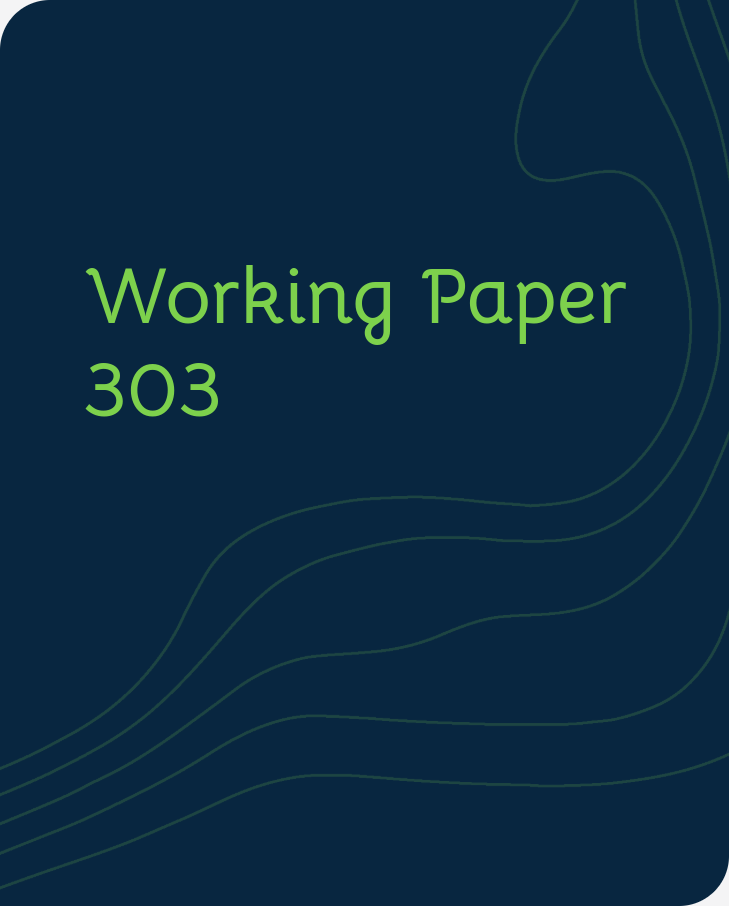Publication
Transition Report
Reform progress and transition indicators
Who we are
Overview: about the EBRDWho we are
Overview: about the EBRD
Learn about the EBRD's journey to investing more than €210 billion in over 7,400 projects.
What we do
Overview: how the EBRD operatesWhat we do
Overview: how the EBRD operates
Through projects, business services and involvement in high-level policy reform, we're doing more than ever before.
Work with us
Overview: how you can work with the EBRDWork with us
Overview: how you can work with the EBRD
We draw on three decades of regional knowledge and financial expertise to tailor our products and approaches to each client's needs.
February, 2025

By Chuan Han Cheng, Oleg Konovalov and Alexander Plekhanov
Connector economies, those not strongly aligning themselves with the US or China, play an increasingly important role in intermediating trade and investment against the backdrop of rapid geopolitical fragmentation. FDI between geo-politically distant blocs fell by 30% relative to within-bloc flows after Q1 2022, while flows to connector economies kept up with within-bloc investment. In a triple-differenced setting, we show that connector economies benefiting most from shifting investment patterns enjoy one or more distinct competitive advantages related to: (i) manufacturing capabilities; (ii) indirect access to major markets; (iii) geographical, cultural and political proximity to major geopolitical rivals; and (iv) the use of special economic zones (SEZs). With rising geopolitical fragmentation, investors make greater use of SEZs and we show that cross-bloc investment in SEZs did not decline relative to within-bloc investment.
All Working Papers
The Working Paper series seeks to stimulate debate on transition in the EBRD regions.
For media enquiries related to this working paper, please contact Ksenia Yakustidi, Media Adviser at the EBRD’s Office of the Chief Economist
YakustiK@ebrd.com
